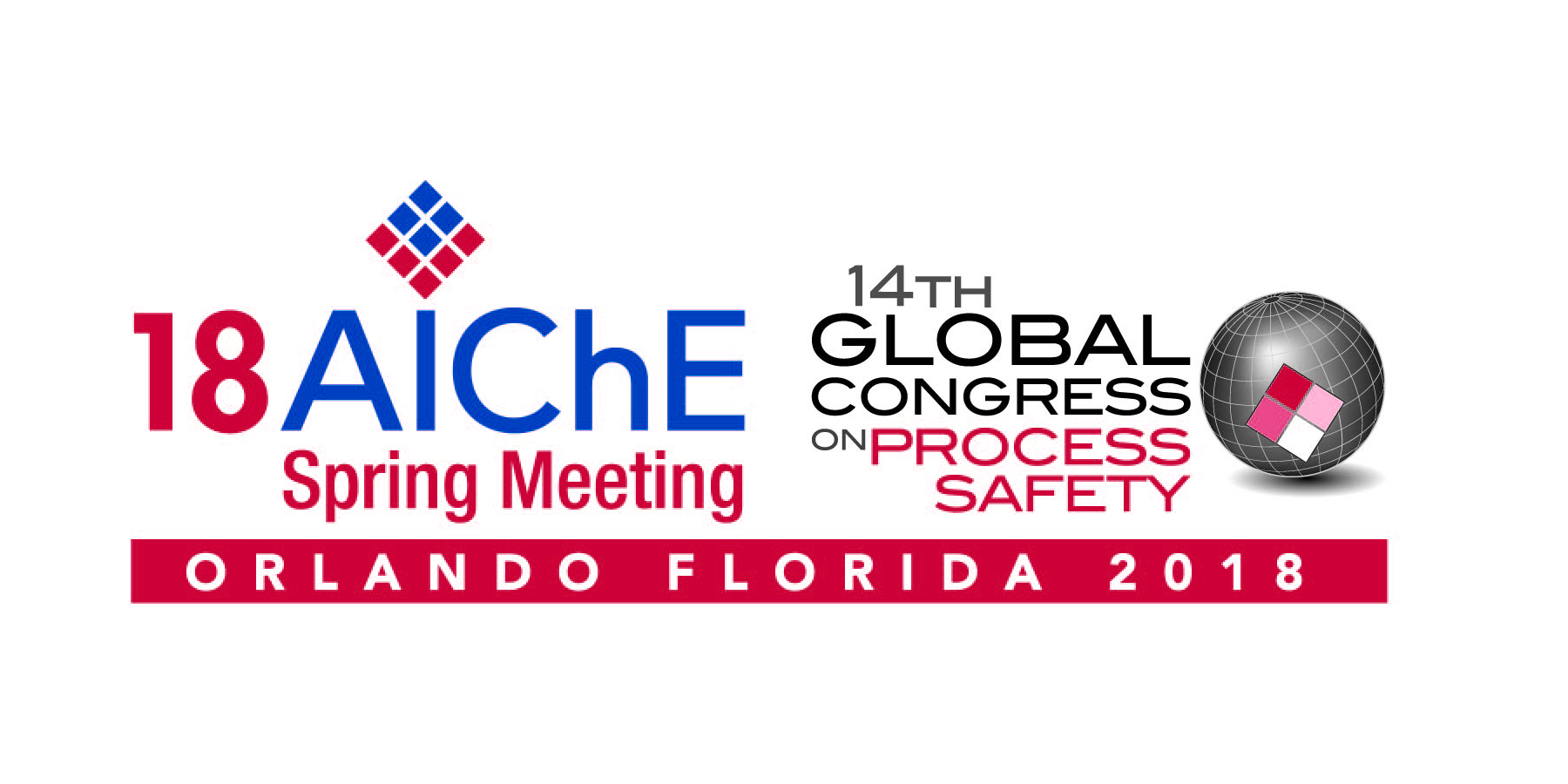

Building siting studies are an increasingly important part of process safety, as they are required for facilities that fall under OSHA’s PSM program. Building siting is typically accomplished with a study that adheres to the guidance given in API RP 752. The intent of API RP 752 is to address hazards to building occupants due to explosion, fire, and toxic hazards. While a methodology for evaluating fire hazards is provided, the impact levels for fires are undefined. The result is that the selection of radiant heat flux levels or doses in a consequence-based approach is left to the analyst. Traditional methods typically rely on a threshold radiant heat flux value that does not account for building properties or the duration of exposure. This paper outlines a methodology using first principle numerical tools to define the maximum radiant heat loading on an occupied building, due to thermal radiation impacts from continuous and transient external fires. Heat transfer through the building materials is evaluated in order to make a determination regarding building occupant vulnerability. This work will aid in advancing the understanding of the limits of radiant heat dose for occupied buildings in external fire scenarios.
Presenter(s)
Once the content has been viewed and you have attested to it, you will be able to download and print a certificate for PDH credits.
If you have already viewed this content,
please click here
to login.
Language
Pricing
Individuals
| AIChE Member Credits | 0.5 |
| AIChE Pro Members | $19.00 |
| Employees of CCPS Member Companies | Free |
| AIChE Graduate Student Members | Free |
| AIChE Undergraduate Student Members | Free |
| AIChE Explorer Members | $29.00 |
| Non-Members | $29.00 |
